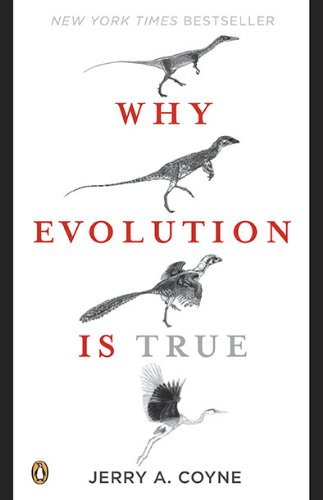The Flounder's Eye
A good example of bad design is the flounder, whose popularity as an eating fish (Dover sole, for instance) comes partly from its flatness, which makes it easy to bone. There are actually about 500 species of flatfish— halibut, turbot, flounders, and their kin—all placed in the order Pleuronectiformes. The word means “side-swimmers,” a description that’s the key to their poor design. Flatfish are born as normal-looking fish that swim vertically, with one eye placed on each side of a pancake-shaped body. But a month thereafter, a strange thing happens: one eye begins to move upwards. It migrates over the skull and joins the other eye to form a pair of eyes on one side of the body, either right or left, depending on the species. The skull also changes its shape to promote this movement, and there are changes in the fins and color. In concert, the flatfish tips onto its newly eyeless side, so that both eyes are now on top. It becomes a flat camouflaged bottom-dweller that preys on other fish. When it has to swim, it does so on its side. Flatfish are the world’s most asymmetrical vertebrates; check out a specimen the next time you go to the fish market.
If you wanted to design a flatfish, you wouldn’t do it this way. You’d produce a fish like the skate, which is flat from birth and lies on its belly— not one that has to achieve flatness by lying on its side, moving its eyes and deforming its skull. Flatfish are poorly designed. But the poor design comes from their evolutionary heritage. We know from their family tree that flounders, like all flatfish, evolved from “normal” symmetrical fish. Evidently, they found it advantageous to tip onto their sides and lie on the sea floor, hiding themselves from both predators and prey. This, of course, created a problem: the bottom eye would be both useless and easily injured. To fix this, natural selection took the tortuous but available route of moving its eye about, as well as otherwise deforming its body.
Notes:
A fantastic example of bad design as it moves from one side of the fish's head to the other.
Folksonomies: evolution design
Taxonomies:
/art and entertainment/visual art and design/design (0.603815)
/sports/fishing (0.544909)
/science/biology/zoology/endangered species (0.446040)
Keywords:
flatfish (0.961550 (negative:-0.873528)), poor design (0.823919 (negative:-0.798660)), flatfish tips (0.817559 (positive:0.292918)), bad design (0.816541 (negative:-0.549855)), flat camouflaged bottom-dweller (0.814864 (negative:-0.653648)), eye (0.645612 (negative:-0.176173)), Dover sole (0.583951 (neutral:0.000000)), fantastic example (0.574089 (negative:-0.456069)), good example (0.569217 (negative:-0.643640)), order Pleuronectiformes (0.551977 (neutral:0.000000)), strange thing (0.543883 (negative:-0.320059)), normal-looking fish (0.540366 (neutral:0.000000)), natural selection (0.528199 (positive:0.340332)), evolutionary heritage (0.520189 (neutral:0.000000)), available route (0.514215 (positive:0.393261)), fish market (0.504094 (positive:0.482742)), sea floor (0.501188 (negative:-0.262436)), skull (0.455695 (negative:-0.277613)), eyes (0.449058 (positive:0.264949)), flatness (0.410345 (negative:-0.547370)), flounder (0.399981 (negative:-0.549855)), species (0.348471 (neutral:0.000000)), body (0.333842 (neutral:0.000000)), flounders (0.331399 (negative:-0.402948)), turbot (0.293569 (neutral:0.000000)), instance (0.282941 (negative:-0.286194)), upwards (0.282654 (neutral:0.000000)), fins (0.274258 (positive:0.348654)), flatfish— (0.274058 (neutral:0.000000)), popularity (0.272264 (negative:-0.379737))
Entities:
Flatfish:Person (0.893172 (negative:-0.873528)), Dover:City (0.303481 (neutral:0.000000))
Concepts:
Flatfish (0.964097): dbpedia | freebase
Flounder (0.521014): dbpedia | freebase
Commercial fish (0.515317): dbpedia
Evolution (0.482223): dbpedia | freebase | opencyc
Predation (0.480425): dbpedia | freebase | opencyc
Soleidae (0.457139): dbpedia | freebase
Pleuronectiformes (0.440720): dbpedia
Lie (0.435710): dbpedia | freebase | opencyc





